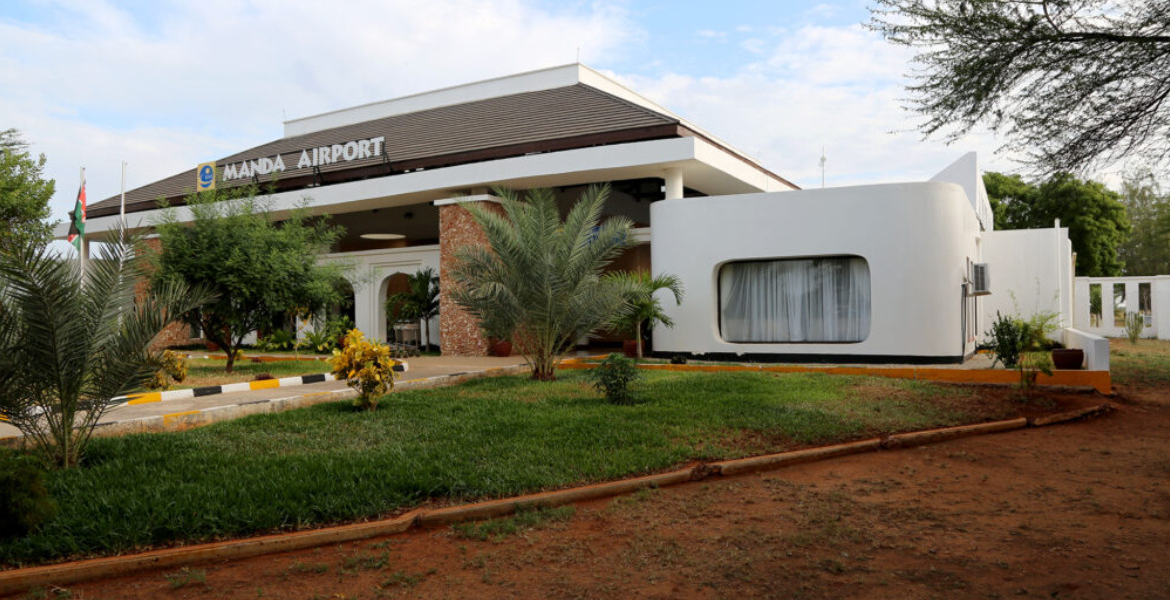Touch Down, Sail Out: Manda Airport Makes Travel a Swahili Adventure

Manda Airport, situated on Manda Island off Kenya's northeastern coast, presents a distinctive entry point to the Lamu archipelago, currently operating under daylight restrictions until 6 pm.
The airport's unique characteristic lies in its accessibility solely via boat, dhow, or air, necessitating a nautical transfer for all passengers to Lamu Island or the Mokowe mainland. This maritime connection, a 1.8-kilometre stretch across the Indian Ocean, is integral to the region's travel experience and cultural identity. The reliance on water transport is not merely an option but a necessity for onward travel.
Passengers arriving by air or road to Mokowe must utilise boats or dhows to reach their final destinations. Omar Ali, a local tour guide, emphasises the need for travellers to plan their journeys accordingly, highlighting the critical role of the area's maritime infrastructure. Calls for expanded air access are mounting, with government officials and tourism investors advocating for extended operational hours and increased airline services.
Aisha Miraj, Lamu's Trade, Tourism and Culture Executive, points out the limitations of having only three airlines currently serving Manda Airport, advocating for additional carriers and increased flight frequency, especially with the peak tourist season approaching. The Kenya Airports Authority (KAA) has invested in upgrades to the taxiway and aircraft apron to accommodate larger aircraft and higher traffic volumes.
Abel Gogo, KAA's Regional Airport Manager for the Coast Region, affirms that these developments reflect the airport's increasing strategic importance. The airport's history dates back to the early 1960s when it served as a landing strip for British colonial administrators, evolving in the 1970s with the introduction of Avion Air services. The strategic significance of Manda Airport is poised to grow substantially with the ongoing development of the Lamu Port-South Sudan-Ethiopia Transport (Lapsset) Corridor project.
A new international airport, the Lamu Port International Airport, is planned for completion by 2030. This facility is projected to handle up to 1.2 million passengers annually, promising to significantly enhance regional connectivity and spur economic integration. Mr Ghalib Alwy, patron of the Lamu Tourism Association, characterises the nautical transfer as a memorable and unique aspect of the journey.
He acknowledges the airport's modest size and potential for modernisation, while underscoring its crucial role as a gateway to Lamu's distinctive cultural offerings.
The preservation of Swahili architecture, car-free alleyways, and the enduring use of donkeys and dhows contribute to Lamu's timeless atmosphere. The dependence on sea routes from Manda Airport serves to reinforce this authentic appeal. Aisha Miraj suggests that the journey itself enhances the overall visitor experience, demonstrating that modern infrastructure can coexist harmoniously with heritage tourism.
Local tourism boards are actively lobbying for the airport's expansion to facilitate direct international flights. Abdallah Fadhil, Chair of the Lamu Municipality Tourism Board, believes that enabling 24-hour operations could attract flights from Europe, Asia, and the United States, positioning Lamu as a competitive global destination. While the final segment of the journey may currently involve a dhow ride, the destination promises unique experiences.








Add new comment